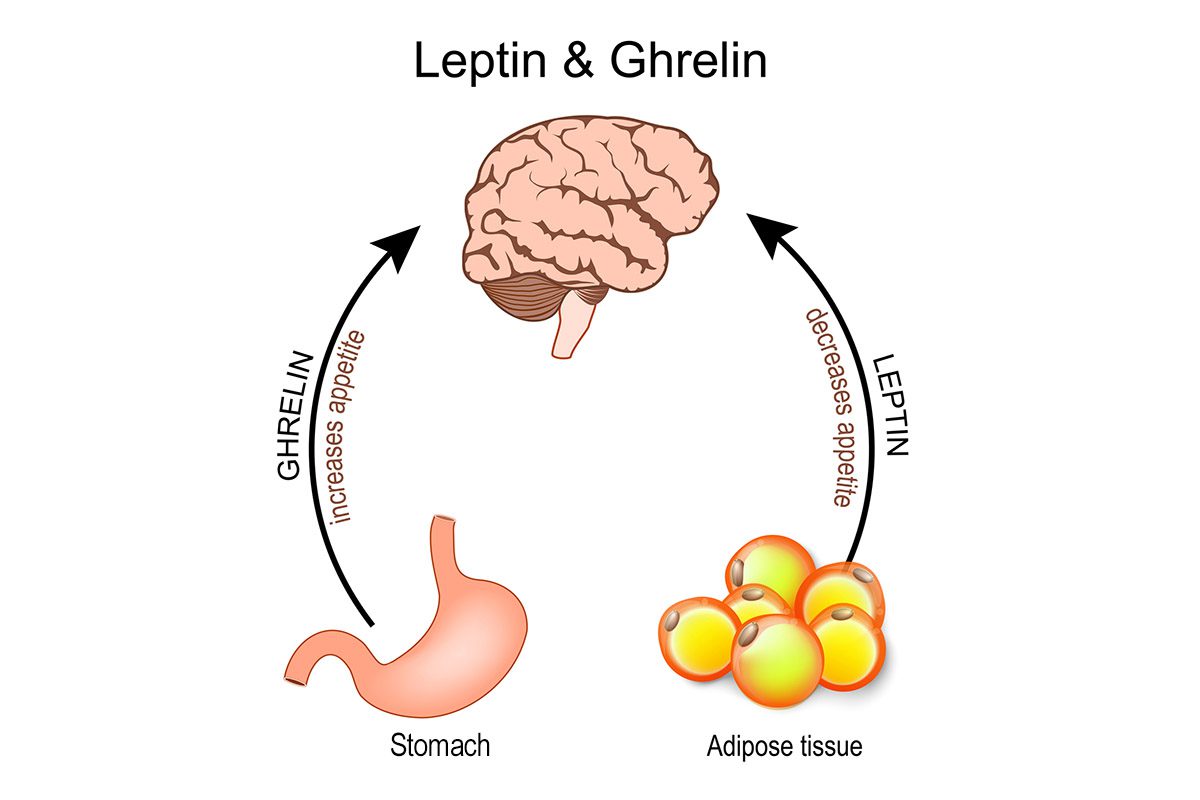Background: Across populations, findings associate impulsivity, behavioral disinhibition, or hostility with reduced central serotonin (5-hydroxytryptamine: 5-HT) activity and increased likelihood of childhood abuse. Inconsistently, findings associate compulsivity, behavioral inhibition, or anxiousness with elevated 5-HT neurotransmission. We explored relationships among measures of 5-HT system functioning, behavioral inhibition/disinhibition, and childhood abuse in women with bulimia-spectrum eating syndromes.
Method: In 73 bulimic (body mass index [kg/m2] under 30, binge eating at least once weekly) and 50 normal-eater control women, we obtained indices of platelet paroxetine binding and 5-HT agonist (m-CPP)-stimulated neuroendocrine responses. Cluster analysis was used to classify the bulimic women according to 5-HT “profiles.” Resulting groups were then compared on symptom and trait measures.
Results: Measures of paroxetine-binding density (Bmax) and affinity (Kd) contributed significantly (p < .001 and p < .02, respectively) to a classification of bulimic women into groups with "low density/high affinity" (N = 52) or "high density/low affinity" (N = 21) binding. The 5-HT based classification did not predict eating-symptom severity. However, the "high density" pattern was associated with increased perfectionism and compulsivity, reduced risk of childhood sexual abuse, and (to some extent) reduced probability of borderline personality disorder.
Discussion: In women with bulimic syndromes, serotonergic factors, personality-trait variations, and developmental typologies converge in principled fashion. Our findings corroborate (with neurobiological evidence) the concept of underregulated and overregulated subtypes within the bulimic population.
Please sign in or purchase this PDF for $40.00.





